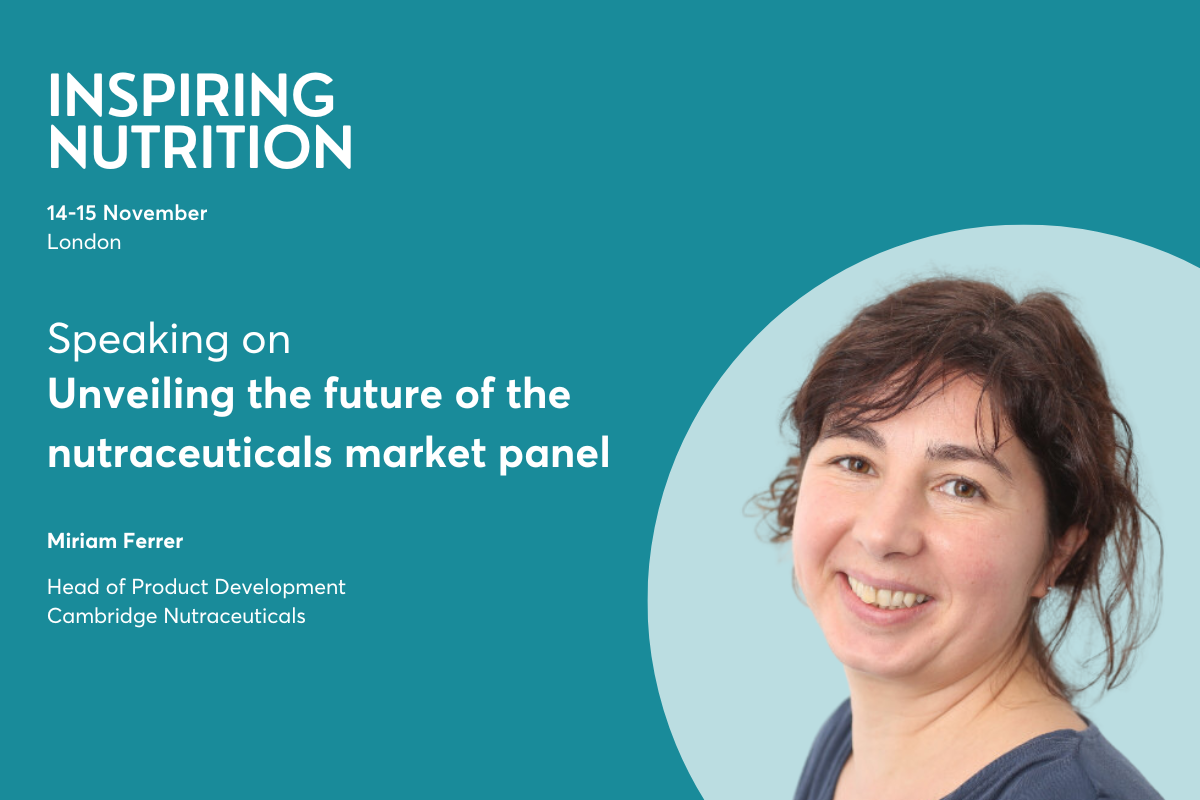Is ‘ultra-processed’ just another way to make us feel ultra-guilty about our food?

UPF is another example of how humans love to put things into categories, especially foods. Treats versus staples, traffic lights, HFSS, plant versus animal food, low fat or low carb, the whole point is to signal the healthiest type of diet for us or the planet.
While these methods of categorisation differ, the results are similar – sugars, saturated fats, salt and calories typically come out as ‘bad’, while fibre, protein, fruits and vegetables come out as ‘good’. In that way, we guide people towards diets that minimise the macronutrients that get a bad name for their links with chronic disease and maximise the healthy nutrients and bioactive compounds.
But labelling foods on the basis of processing seems to require a completely different mindset from regular nutrition science. The NOVA classification makes assumptions about the healthiness of foods based on whether they are minimally or lightly processed (viewed as ‘good’) or ultra-processed (UPF; viewed as ‘bad’). There are four categories, but these can be tricky to use in practice.
A study published in the European Journal of Clinical Nutrition found that even food experts can’t agree which foods belong in the NOVA categories and some foods can even fit into more than one. According to NOVA food lists available, firmly in the ‘good’ camp are home-baked or artisan breads yet all the loaves available to buy in the supermarket are UPF.
Guilt
Similarly, plain yoghurts are ‘good’ but add any flavour – even from fruit puree – and it becomes UPF. Cereal bars? UPF. Only home-baked treats are ‘good’ regardless of whether they contain more sugar or fat than commercial options. Even the highest fibre, lowest sugar breakfast cereal is still UPF – they can’t win. Interestingly, all baby formula milk is UPF, adding yet another layer of guilt to working mothers.
Now, I can see the point of encouraging home cooking and baking although not everyone has the time or skills. Likewise, a lot of foods in the UPF category, such as confectionary, sugar-sweetened beverages and salty snacks are not recommended as part of a healthy diet. However, certain types of industrial processing – such as adding fibre, nutrient fortification, creating plant-based products or gluten-free options – have the potential to benefit the health of consumers and contribute to sustainability.
This limitation of the NOVA classification is summed up by the BNF, which notes: “The UPF NOVA 4 definition also includes foods and drinks needed for medical or nutritional purposes … for which there is often no accessible or convenient alternative”.
In a recent letter to the British Journal of Nutrition challenging NOVA, scientists from the University of Toronto observed that: “soy burgers are not Twinkies” – an obvious statement until you realise that both would be placed in the UPF category. There are no derogations for being nutritious, low in sugar, high in fibre or low in saturated fat, despite dietary guidelines telling us to eat this kind of diet.
It’s almost as if the rigidity of NOVA runs counterintuitive to the nutrient-led evidence normally used to develop public health messages. I predict the media’s recent love affair with UPF, egged on by certain food campaigners with their eye on returning the public to post-war food production, will only lead to mass anxiety and guilt.
Having just caught on to sugar reduction, after being told in the 1980s that low fat was the goal, busy consumers now need to consider UPF and plant-based before loading up their shopping trolleys. Would we be surprised if they switch off from the ever-increasing criteria for the perfect diet and simply grab another Twinkie?
This article appears in Inspiring Nutrition vol 2, which can be read here.






